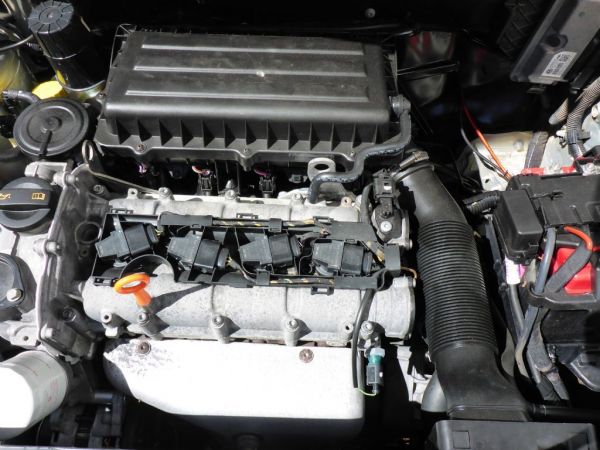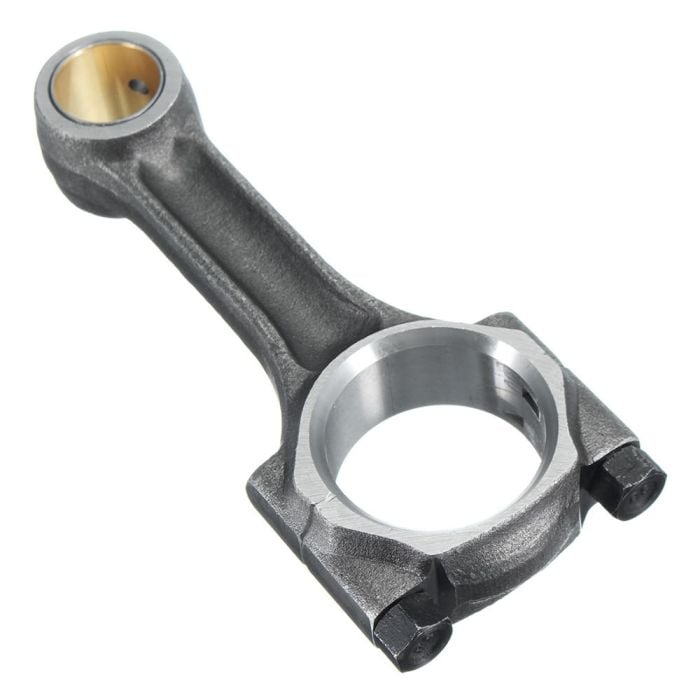Maintain smooth operations with a properly serviced clp engine.
Maintain smooth operations with a properly serviced clp engine.
Blog Article
Just How a Clp Engine Can Improve Performance in Different Industries
The introduction of CLP engines notes a significant shift in operational efficiency throughout numerous sectors, driven by their capability to maximize fuel intake and minimize downtime. Industries such as manufacturing and logistics stand to obtain substantially from their durable layout and constant power result, which guarantee to improve operations and boost efficiency. As organizations significantly prioritize sustainability alongside efficiency, the role of CLP engines ends up being even extra critical. What stays to be seen is just how these improvements will shape the future landscape of commercial procedures and their influence on more comprehensive financial fads (clp engine).
Summary of CLP Engines
CLP engines, or Continuous Fluid Propellant engines, represent a considerable innovation in propulsion modern technology, especially for area applications. These engines use a constant feed system that enables the continual expulsion of propellant, causing improved effectiveness and efficiency contrasted to standard solid or hybrid propulsion systems. By preserving a consistent flow of fluid propellant, CLP engines can attain extra specific thrust control, which is crucial for maneuvering spacecraft in various objective circumstances.
The layout of CLP engines integrates advanced products and innovative gas management systems. clp engine. This results in lowered weight and increased reliability, crucial variables for long-duration room missions. The continual operation minimizes the threat of burning instability, an usual challenge in conventional rocket engines.

Benefits in Manufacturing
The production of Continual Fluid Propellant (CLP) engines provides several notable advantages that improve both effectiveness and cost-effectiveness. Among the main advantages is the structured production process, which lowers the complexity related to conventional propulsion systems. By using fluid propellant, makers can accomplish better accuracy in engine efficiency, leading to maximized power result and lowered waste.
Additionally, CLP engines facilitate a higher level of modularity, permitting for much easier assimilation into various production lines. This versatility can substantially decrease lead times and enhance overall operational versatility. Making use of CLP innovation additionally has a tendency to reduce the requirement for substantial upkeep because of fewer moving components, which converts into reduced downtime and operational prices.

Applications in Logistics
Leveraging Continuous Fluid Propellant (CLP) engines in logistics supplies substantial benefits in operational effectiveness and dependability. These engines supply a robust remedy for various transportation needs, enabling the seamless movement of products throughout huge ranges. The fundamental style of CLP engines permits for regular power output, which translates into smoother and much more predictable transportation timetables.
One of the vital applications of CLP engines in logistics is in heavy-duty freight transport, where they can drive both ground and aerial automobiles. Their capability to keep high performance under varying load problems guarantees that shipment timelines are met, thereby enhancing client contentment. Furthermore, CLP engines can be integrated into automated logistics systems, helping with real-time tracking and maximizing path planning.
In addition, the sturdiness of CLP engines reduces upkeep downtime, allowing logistics companies to optimize their functional capacities. This is especially beneficial in warehousing procedures, where performance in taking care of and transferring items is crucial. As logistics remains to evolve, the combination of CLP engines stands for a forward-thinking technique that not only enhances performance however also sustains the market's growing demands for reliability and speed.
Impact on Energy Efficiency
Just How do Constant Fluid Propellant (CLP) engines enhance power performance in click for source transport? CLP engines utilize a regular circulation of liquid fuel, optimizing combustion processes and maintaining a stable drive outcome. This design lessens power losses linked with traditional burning engines, where gas delivery can differ and result in ineffectiveness.
The continuous operation of CLP engines permits a much more efficient thermal cycle, causing higher certain impulse compared to standard engines. clp engine. This translates to lowered fuel usage for the exact same amount of work done, considerably reducing functional expenses throughout various transportation fields, including aeronautics and maritime markets
In addition, the capability of CLP engines to preserve optimum efficiency under differing lots conditions decreases the requirement for constant velocity and deceleration, even more improving fuel efficiency. Boosted power performance not only adds to cost savings however likewise results in lower greenhouse gas discharges, straightening with worldwide sustainability objectives.
Future Trends and Innovations
Emerging developments in Constant Liquid Propellant (CLP) engine innovation pledge to transform the landscape of transport effectiveness and sustainability. As sectors pivot toward greener choices, CLP engines stand at the center, incorporating innovative products and design methodologies that improve efficiency while minimizing ecological influence.
One of one of the most encouraging trends is the fostering of hybrid systems that incorporate CLP engines with renewable resource sources. This synergy can optimize gas consumption and minimize discharges, straightening with worldwide sustainability goals. Moreover, improvements in computational fluid dynamics (CFD) are assisting in the style of more aerodynamically efficient engines, leading to lowered drag redirected here and enhanced gas efficiency.
Furthermore, the growth of wise monitoring systems is established to improve functional performances. These systems utilize information analytics and IoT modern technology to optimize engine performance in real-time, guaranteeing that the engines run within their most efficient specifications.
As research continues to check out different propellant formulations-- such as biofuels and synthetic gas-- the future of CLP engines looks appealing. By taking advantage of these technologies, sectors can not only enhance their efficiency yet also add significantly to a cleaner, more sustainable future in transport.
Final Thought
Finally, CLP engines represent a substantial advancement in efficiency across numerous sectors. Their capability to optimize fuel intake and minimize operational costs, integrated with a continual feed system, boosts power outcome and operational dependability. The assimilation of advanced materials and less relocating parts minimizes maintenance needs, while placement with sustainability objectives placements CLP engines as a critical innovation for the future. Proceeded development in this area guarantees additional enhancements in efficiency and ecological performance.
Report this page